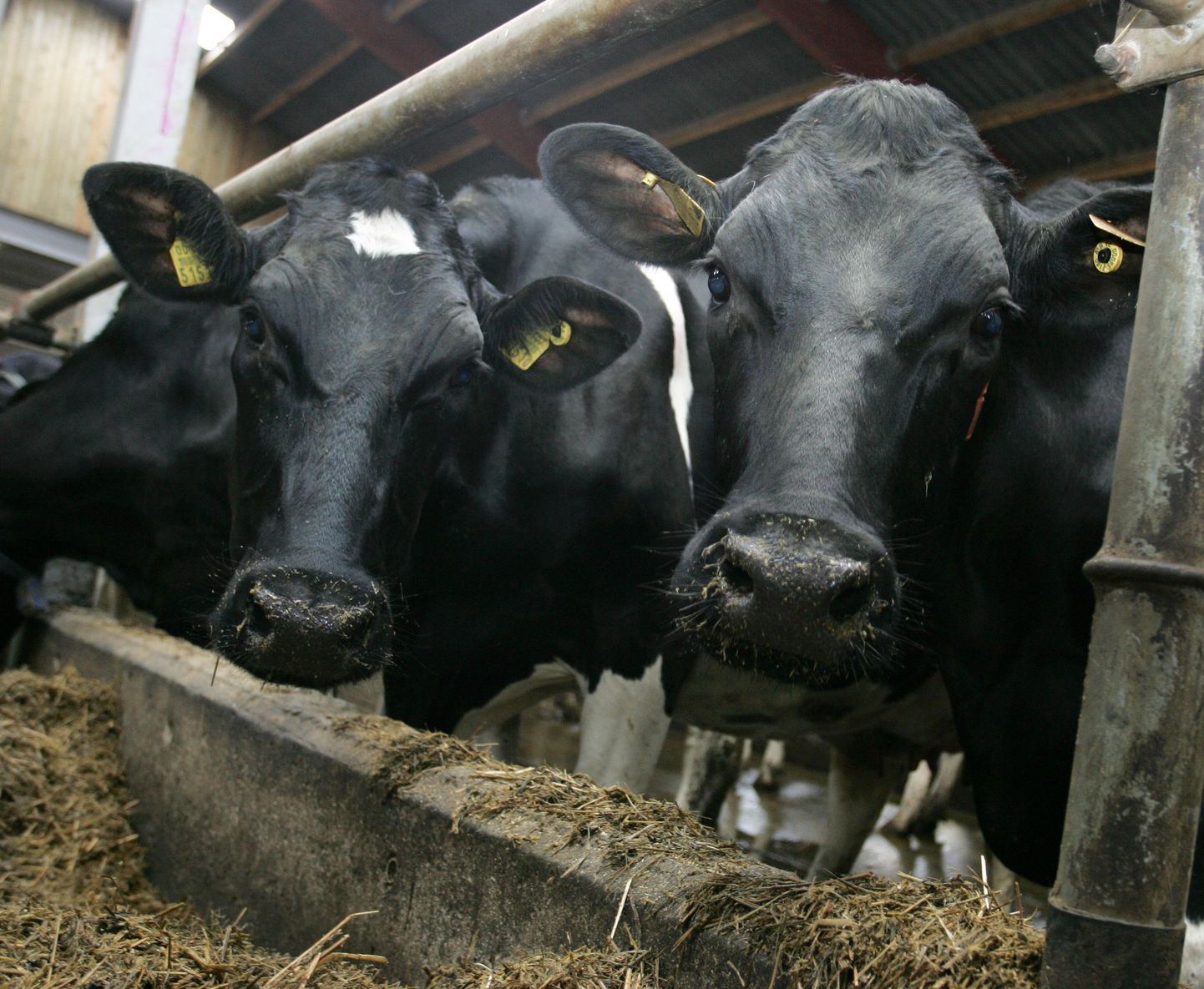
Over a third of milk producing clients of SEB have applied for grace period regarding loan payments, and some are failing to even pay the interests.

Over a third of milk producing clients of SEB have applied for grace period regarding loan payments, and some are failing to even pay the interests.
Last fall, Postimees wrote about serious crisis threatening the agriculture, and yet few were those who foresaw the downturn in dairying and pig farming to be so lengthy and so severe.
While last year it was the Russian sanctions that dropped the milk prices, this is now amplified by global overproduction. Hard pressed as they were due by being banned from exporting live pigs into Russia, swine farmers have now been hit by the African fever.
According to SEB board member Indrek Julge, agriculture is having hard times for a year or more. «At the beginning of the year the hopes were that in second half milk prices would rise, but by today it is obvious it has fallen all over Europe,» said Mr Julge.
Currently, SEB features milk producer loans for €180m. Of that, about a third has now been put to total or partial hold regarding principal amount payments. The overall grace period total is above a third.
Mr Julge said the farmers have learned the lesson of 2009 crisis and have come early on to talk to the banks. «We have awarded quite a lot of grace already; on the other hand, the farmers have actively been cutting their costs and made production more effective,» he added. Grace period can be applied for a year, but Mr Julge says the bank may extend it if the need arises – provided that the client is able to pay the interests. «The goal of the bank is to make these loans work sooner or later.»
SEB has calculated at what milk production cost a farmer may make ends meet. «At the end of last year, it was €310 per tonne; today, however, the corresponding figure is €260 per tonne,» said Mr Julge. Despite that, he says whoever is able lives on old reserves as producing milk is a loss-making activity at the moment.
Though in dire straits, Mr Julge says it is only some few who cannot even pay the interests.
Big shed idle
Head of Estonian Chamber of Agriculture and Commerce Roomet Sõrmus says cow owners prefer halting production to filing bankruptcy. They are also economising on account of additional production-boosting feeds. «Naturally, investments plans have also been frozen,» said Mr Sõrmus.
For the most part, it is the smaller dairy farmers who quit, but bigger ones are being added. «Whoever quits dairy will lean increasingly into cereals,» added Mr Sõrmus. As an example, this spring Tartu County’s Haage Agro sold 300 cows for whom a modern free range shed had been built. The large shed is just standing there, empty.
To survive, farmers are also selling young animals abroad. Mr Sõrmus says at the end of June there were 5,000 cows less year-on-year. Breeder association says about 50 dairy farmers more are about to quit with 5,000 cows. That’ll be ten percent of Estonia’s cows.
Mr Sõrmus added that by now a fifth of Estonian breeding herd sows have been put away. «The African swine fever third zone includes about a third of Estonia’s swine and they have to sell their produce way below production cost,» he said. «At the moment, it seems it can grow worse still – us losing at least a third of our swine is no longer a prediction, but the life.»
Cereals farmers, though blessed with excellent crops this year, are regrettably faced with a steep fall on prices this past month said Mr Sõrmus.
Quality suffers
According to CEO of cheese and butter producer E-Piim, Jaanus Murakas, the forced cuts at farms with added fodder is somewhat felt in quality of milk. Cheese production, however, demands milk of especially high quality.
«This summer, dry weight content of milk has been lower,» he said. Mr Murakas added that silage from grasslands makes for about half of dry weight assumed by a free range shed cow while the rest is all kinds of additional feeds that must be bought. It is here that the farms are economising and thus the amounts milked out are shrinking.
Good cheese needs high quality milk and excellent farming culture. «This is work of centuries to get such pedigree herd and farming culture,» he added. «We have an European top level dairy cattle in Estonia, but still the farms are not breaking even. And now this top cattle is simply being destroyed.»
Mr Murakas said jobs are bleeding in agriculture and related domains. «One job at a farm makes for five to eight someplace else,» he explained. As an example of that, Atria Estonia just decided to shut down Vastse-Kuuste meat plant and lay off 40 people. The main reason was restrictions due to African swine fever.